Home>Storage & Organization>Kitchen Organizing Tools>How To Take Care Of A Litter Box
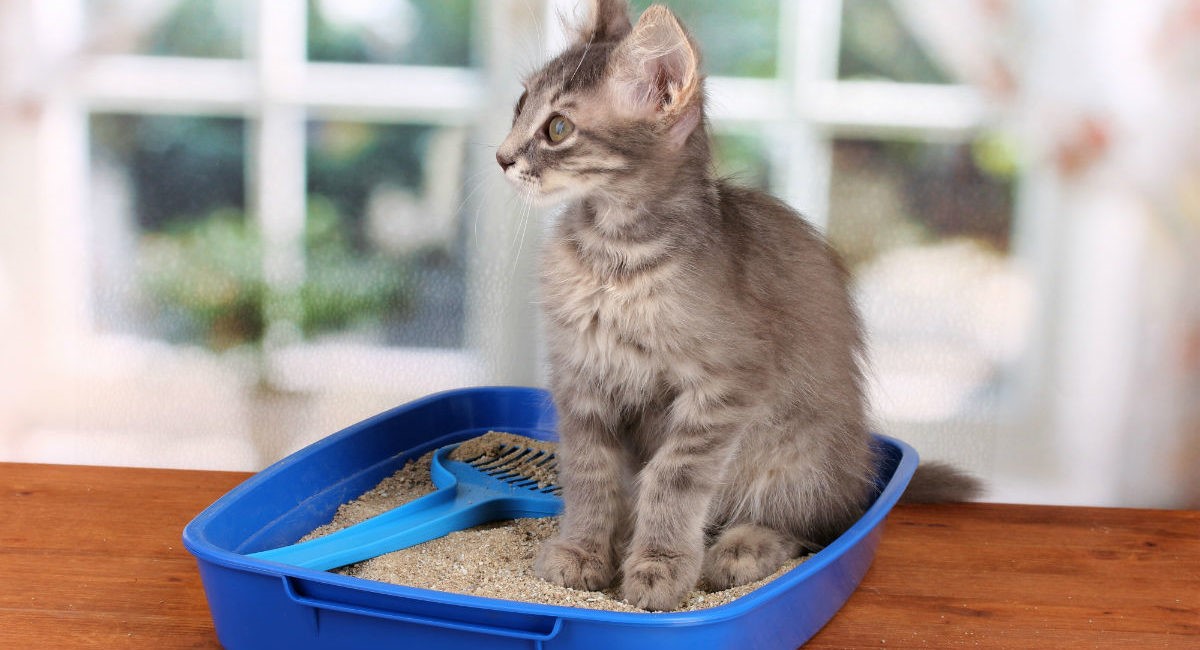

Kitchen Organizing Tools
How To Take Care Of A Litter Box
Published: February 23, 2024
Discover the best kitchen organizing tools to keep your space tidy and efficient. Find out how to take care of a litter box with our expert tips and advice.
(Many of the links in this article redirect to a specific reviewed product. Your purchase of these products through affiliate links helps to generate commission for Storables.com, at no extra cost. Learn more)
Introduction
A well-maintained litter box is essential for the health and happiness of your feline friend. As a responsible pet owner, it's crucial to understand the significance of providing a clean and comfortable environment for your cat to relieve itself. By taking the time to select the right litter box, choosing the appropriate litter, and placing it in an ideal location, you can ensure that your cat feels secure and content when attending to its natural needs.
Cats are known for their fastidious nature, and their litter box preferences are no exception. By catering to their instincts and preferences, you can foster a positive relationship with your pet and minimize the likelihood of behavioral issues related to their toileting habits. Additionally, maintaining a clean litter box is vital for preventing odors and minimizing the risk of bacterial growth, which can impact both your cat's health and the overall hygiene of your home.
In this comprehensive guide, we will delve into the various aspects of caring for a litter box, from selecting the right equipment to troubleshooting common issues. By following these guidelines, you can create an environment that promotes your cat's well-being and ensures a harmonious coexistence between you and your feline companion. Let's explore the key considerations for maintaining a litter box that meets both your cat's needs and your own standards of cleanliness and hygiene.
Key Takeaways:
- Choose a litter box that fits your cat’s needs and your home. Consider size, accessibility, covered vs. uncovered, and the number of cats. The right box promotes a positive toileting experience.
- Regularly clean the litter box to keep your cat happy and healthy. Scoop waste daily, change litter as needed, and use unscented, pet-safe cleaning products. A clean box promotes consistent usage and a harmonious living environment.
Read more: How To Keep Litter In A Litter Box
Choosing the Right Litter Box
Selecting the right litter box is a crucial first step in creating a comfortable and inviting space for your cat. With a myriad of options available, it's important to consider your cat's preferences and your home environment when choosing the most suitable litter box. Here are some key factors to keep in mind:
Size and Accessibility
The size of the litter box is a critical consideration. It should be spacious enough to accommodate your cat comfortably, allowing them to move around and assume their natural posture when using the box. Additionally, consider the accessibility of the litter box, especially if you have a kitten, senior cat, or a cat with mobility issues. Opt for a box with low entry points or a ramp to facilitate easy entry and exit.
Covered vs. Uncovered
Decide whether a covered or uncovered litter box is more suitable for your cat. Covered boxes provide privacy and can help contain odors, but some cats may feel confined or trapped inside. Uncovered boxes offer better ventilation and a more open environment, which some cats may prefer. Understanding your cat's behavior and preferences can guide you in making the right choice.
Number of Cats
If you have multiple cats, the general rule of thumb is to have one litter box per cat plus an additional box. This ensures that each cat has access to a designated space for elimination, reducing the likelihood of territorial disputes and promoting a harmonious cohabitation.
Read more: How Deep Should Litter Be In A Litter Box
Litter Box Type
Consider the type of litter box that best suits your cat's needs. Traditional open-top boxes are widely used and easy to clean, while self-cleaning litter boxes automate the scooping process, minimizing manual maintenance. Additionally, there are top-entry litter boxes that offer privacy and help contain litter scatter, ideal for cats that prefer seclusion during elimination.
By carefully evaluating these factors and understanding your cat's behavior, you can choose a litter box that aligns with your cat's preferences and promotes a positive toileting experience. Remember, the right litter box is a fundamental component of your cat's overall well-being and contributes to a hygienic and harmonious living environment for both you and your feline companion.
Choosing the Right Litter
Selecting the appropriate litter for your cat's litter box is a decision that significantly impacts their comfort, hygiene, and overall toileting experience. With a multitude of litter options available, it's essential to consider various factors to ensure that the chosen litter meets both your cat's preferences and your maintenance requirements.
Clumping vs. Non-Clumping
One of the primary considerations when choosing litter is whether to opt for clumping or non-clumping varieties. Clumping litter forms solid clumps when it comes into contact with moisture, making it easier to scoop out waste and maintain a clean litter box. On the other hand, non-clumping litter absorbs moisture without forming solid clumps, necessitating more frequent complete litter changes. Understanding your cat's habits and your cleaning routine can guide you in making the right choice between clumping and non-clumping litter.
Material and Texture
Litter comes in various materials, including clay, silica gel crystals, natural fibers, and recycled paper. Each material offers distinct benefits in terms of odor control, absorbency, dust levels, and environmental impact. Additionally, the texture of the litter can influence your cat's comfort and willingness to use the box. Some cats have specific preferences for certain textures, so it's essential to observe your cat's response to different litter materials and textures to determine the most suitable option.
Read more: How Much Litter To Put In A Litter Box
Odor Control and Dust Levels
Effective odor control is a crucial aspect of choosing the right litter. Many litters are formulated to minimize odors, keeping the litter box area fresh and pleasant. Additionally, consider the dust levels of the litter, as excessive dust can be irritating to both you and your cat. Low-dust or dust-free litters are available and can contribute to a cleaner and healthier environment for both you and your feline companion.
Environmental Impact
For environmentally conscious pet owners, considering the environmental impact of the chosen litter is important. Some litters are biodegradable, made from sustainable materials, or can be composted, offering a more eco-friendly option. By selecting a litter with a minimal environmental footprint, you can align your pet care practices with your commitment to sustainability.
By carefully evaluating these factors and considering your cat's preferences and your own maintenance preferences, you can choose a litter that promotes a clean, comfortable, and hygienic environment for your cat while aligning with your values and lifestyle. Remember, the right litter is an integral component of maintaining a healthy and harmonious relationship with your feline companion.
Placing the Litter Box in the Right Location
The placement of the litter box plays a pivotal role in ensuring that your cat feels comfortable and secure when attending to its toileting needs. Selecting the right location for the litter box is essential for promoting consistent litter box usage and minimizing the likelihood of accidents or aversion to the designated area. Here are key considerations for placing the litter box in an optimal location:
Accessibility and Privacy
Choose a location that offers easy accessibility for your cat while providing a degree of privacy. Avoid placing the litter box in high-traffic areas or areas with loud appliances, as these factors can deter your cat from using the box. Additionally, ensure that the box is easily accessible for cats of all ages and mobility levels, especially if you have kittens, senior cats, or cats with mobility challenges.
Read more: How To Move A Litter Box
Quiet and Low-Traffic Areas
Opt for a quiet and low-traffic area for the litter box to create a calm and inviting environment for your cat. Cats appreciate a sense of seclusion when using the litter box, so positioning it in a serene corner or a less frequented room can help them feel at ease during elimination. Minimizing disturbances in the vicinity of the litter box can encourage regular and stress-free toileting behavior.
Multiple Access Points
If you have a multi-level home, consider providing litter box access on each floor to accommodate your cat's toileting needs. This is particularly important in households with senior cats or cats with mobility issues, as it ensures that the litter box is readily accessible regardless of the cat's location within the home. Multiple access points also reduce the likelihood of accidents if a cat is unable to reach the primary litter box in time.
Separation from Food and Water
Maintain a clear separation between the litter box and your cat's food and water bowls. Cats instinctively avoid eliminating in close proximity to their feeding areas, so keeping these spaces distinct helps reinforce your cat's natural toileting preferences and promotes a hygienic living environment.
By carefully considering these factors and observing your cat's behavior, you can identify an ideal location for the litter box that promotes consistent usage and supports your cat's comfort and well-being. Remember, the placement of the litter box is a crucial element in creating a positive toileting environment for your feline companion.
Cleaning the Litter Box Regularly
Regular cleaning of the litter box is paramount for maintaining a hygienic environment and ensuring your cat's comfort and well-being. A clean litter box not only promotes consistent litter box usage but also minimizes odors and reduces the risk of bacterial growth, contributing to a healthier living space for both you and your feline companion.
The frequency of cleaning depends on the type of litter used, the number of cats in the household, and your cat's toileting habits. As a general guideline, scooping the litter box at least once a day is recommended. Remove solid waste and clumps promptly to prevent odor buildup and maintain a clean surface for your cat to use.
In addition to daily scooping, a complete litter change is necessary at regular intervals. The frequency of complete changes varies based on the type of litter and the number of cats using the box. Non-clumping litter may require more frequent complete changes, while clumping litter can extend the time between full replacements. Typically, a complete litter change every two to four weeks is suitable for most clumping litters, but it's essential to monitor the condition of the litter and adjust the schedule as needed.
When performing a complete litter change, empty the entire contents of the litter box, clean the box with mild soap and water, and refill it with fresh litter to the recommended depth. This thorough cleaning helps eliminate residual odors and maintains a sanitary environment for your cat.
It's crucial to use unscented, pet-safe cleaning products when washing the litter box to avoid introducing strong scents that may deter your cat from using the box. Additionally, ensure that the litter box is completely dry before refilling it with fresh litter to prevent clumping and maintain optimal litter performance.
Regular maintenance of the litter box not only benefits your cat's physical and emotional well-being but also contributes to a harmonious and odor-free living environment. By establishing a consistent cleaning routine and paying attention to your cat's toileting behavior, you can ensure that the litter box remains a welcoming and hygienic space for your feline companion.
Remember, a clean litter box is a fundamental aspect of responsible pet ownership and plays a significant role in fostering a positive relationship with your cat.
Read more: How To Fill The Litter Box
Monitoring Your Cat's Behavior
Observing your cat's behavior in relation to the litter box is essential for identifying any potential issues and ensuring that your feline companion feels comfortable and secure in their toileting environment. By paying close attention to your cat's actions and habits, you can proactively address any concerns and maintain a positive toileting experience for both you and your pet.
Regular Observation
Take the time to observe your cat's behavior around the litter box on a regular basis. Notice the frequency of litter box usage, the duration of time spent in the box, and any changes in toileting patterns. Cats are creatures of habit, so deviations from their usual behavior may indicate underlying issues that require attention.
Elimination Habits
Monitor the quality and frequency of your cat's eliminations. Healthy cats typically exhibit consistent litter box usage and produce well-formed stools or urine clumps. Any noticeable changes in the size, frequency, or appearance of eliminations should prompt further investigation, as they could signal potential health concerns.
Signs of Discomfort
Watch for signs of discomfort or distress when your cat uses the litter box. Excessive vocalization, restlessness, or attempts to use the box without producing urine or feces may indicate discomfort or pain associated with toileting. These signs warrant prompt veterinary evaluation to rule out urinary tract infections, constipation, or other medical issues.
Read more: How To Dispose Of A Litter Box
Avoidance Behavior
Be mindful of any avoidance behavior exhibited by your cat in relation to the litter box. If your cat consistently avoids using the box, attempts to urinate or defecate outside the box, or shows signs of anxiety when approaching the box, it's crucial to investigate the underlying reasons for this behavior. Environmental stressors, litter aversion, or medical conditions could contribute to avoidance behavior.
Environmental Changes
Consider any recent changes in your cat's environment that may impact their litter box behavior. Relocations, new pets, changes in household routines, or modifications to the litter box setup can influence your cat's comfort and confidence in using the box. Understanding how environmental changes affect your cat's behavior enables you to make adjustments that support their well-being.
By actively monitoring your cat's behavior in relation to the litter box, you can identify potential issues early, address them effectively, and maintain a positive toileting environment for your feline companion. Regular observation and proactive intervention contribute to a harmonious coexistence between you and your cat, fostering a strong and nurturing bond based on attentive care and mutual understanding.
Troubleshooting Common Litter Box Issues
Maintaining a harmonious relationship with your feline companion involves addressing common litter box issues that may arise. By understanding and troubleshooting these issues, you can ensure that your cat's toileting experience remains positive and stress-free.
Litter Box Aversion
If your cat displays aversion to the litter box, it's essential to investigate the underlying reasons. Litter box aversion can stem from various factors, including the type of litter used, the cleanliness of the box, or environmental stressors. To address this issue, consider experimenting with different litter types to determine your cat's preferences. Additionally, maintaining a consistent cleaning routine and providing a calm and private toileting environment can help alleviate litter box aversion.
Read more: How To Change The Litter Box
Inappropriate Elimination
Inappropriate elimination, such as urinating or defecating outside the litter box, can be a source of frustration for pet owners. This behavior may indicate underlying medical issues, territorial marking, or environmental stress. Consult with a veterinarian to rule out any medical concerns, and consider environmental modifications to reduce stress and anxiety. Providing multiple litter boxes in different locations and using pheromone-based calming products can also help mitigate inappropriate elimination.
Litter Box Location
The placement of the litter box plays a significant role in your cat's willingness to use it. If your cat consistently avoids the litter box, reevaluate its location. Ensure that the box is positioned in a quiet, low-traffic area, away from noisy appliances and feeding areas. Additionally, consider providing multiple access points to accommodate your cat's preferences and mobility.
Litter Box Size and Type
Some cats may exhibit reluctance to use a litter box that is too small or has an entryway that is challenging to navigate. If your cat shows hesitation or discomfort when using the box, consider providing a larger, more accessible litter box. Experiment with different box types, such as covered or uncovered, to determine which style best suits your cat's preferences.
Behavioral Changes
Changes in your cat's behavior related to the litter box should prompt a thorough assessment. If your cat displays signs of distress, avoidance, or discomfort when using the box, it's crucial to address these changes promptly. Environmental stressors, medical conditions, or previous negative experiences can contribute to behavioral changes, and addressing these underlying factors is essential for promoting positive litter box habits.
By troubleshooting common litter box issues and addressing them proactively, you can create a supportive and comfortable toileting environment for your cat. Understanding your cat's preferences, observing their behavior, and making necessary adjustments contribute to a positive and stress-free litter box experience, fostering a strong and nurturing bond between you and your feline companion.
Read more: How To Hide A Litter Box
Conclusion
Maintaining a clean and inviting litter box is a fundamental aspect of responsible pet ownership and plays a pivotal role in fostering a harmonious relationship with your feline companion. By carefully considering the selection of the right litter box, choosing suitable litter, placing the box in an optimal location, and adhering to a regular cleaning routine, you can create an environment that promotes your cat's well-being and supports their natural toileting instincts.
The process of caring for a litter box goes beyond mere maintenance; it involves understanding and respecting your cat's preferences, behaviors, and physical needs. By observing your cat's actions and addressing any issues that may arise, you demonstrate a commitment to providing a comfortable and stress-free toileting environment. This level of attentiveness not only benefits your cat's physical and emotional health but also strengthens the bond between you and your pet.
As a responsible pet owner, it's essential to recognize that each cat is unique, with individual preferences and sensitivities. By tailoring the litter box setup to accommodate your cat's specific needs, you create a space where they feel secure, comfortable, and at ease. This, in turn, contributes to a positive and enduring relationship built on trust, understanding, and attentive care.
In conclusion, the care and maintenance of a litter box are integral components of providing a nurturing and supportive environment for your cat. By prioritizing cleanliness, comfort, and attentiveness, you not only enhance your cat's quality of life but also create a home environment that is conducive to their well-being. Through these efforts, you affirm your role as a dedicated and compassionate caretaker, committed to meeting your cat's needs and fostering a strong and enduring bond based on mutual respect and care.
Frequently Asked Questions about How To Take Care Of A Litter Box
Was this page helpful?
At Storables.com, we guarantee accurate and reliable information. Our content, validated by Expert Board Contributors, is crafted following stringent Editorial Policies. We're committed to providing you with well-researched, expert-backed insights for all your informational needs.
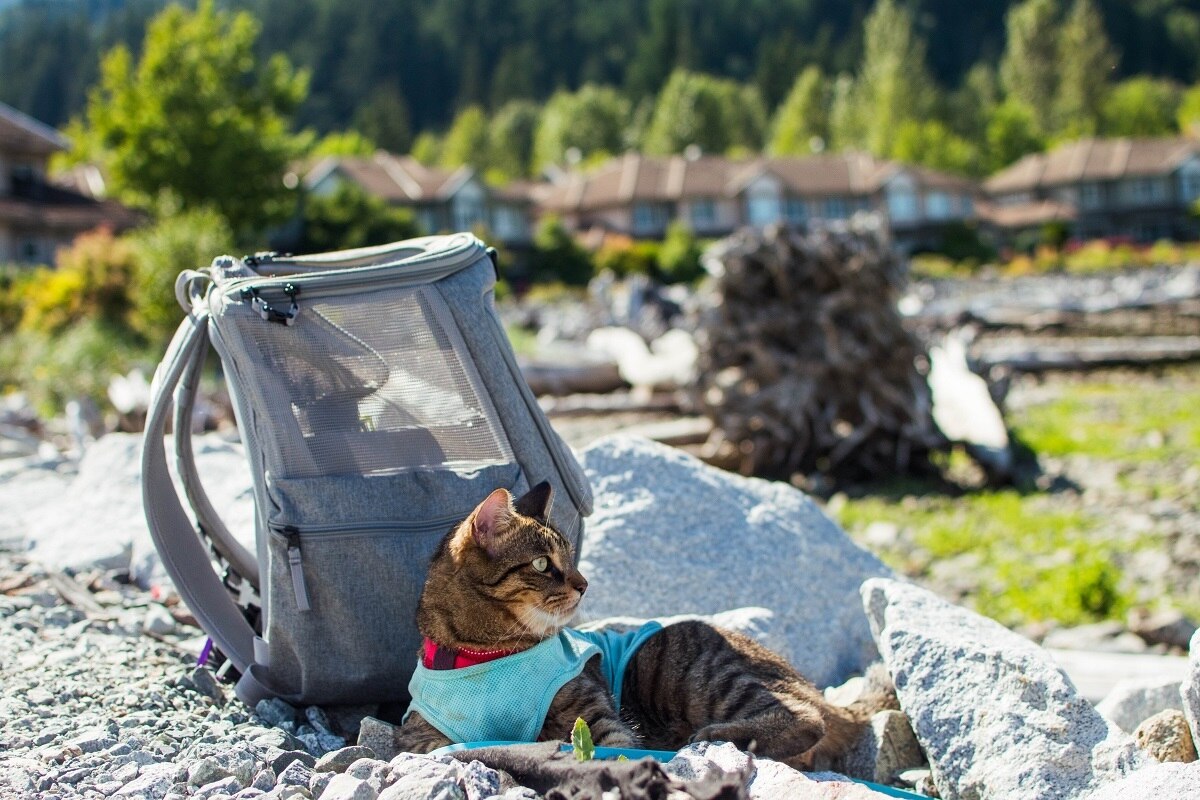
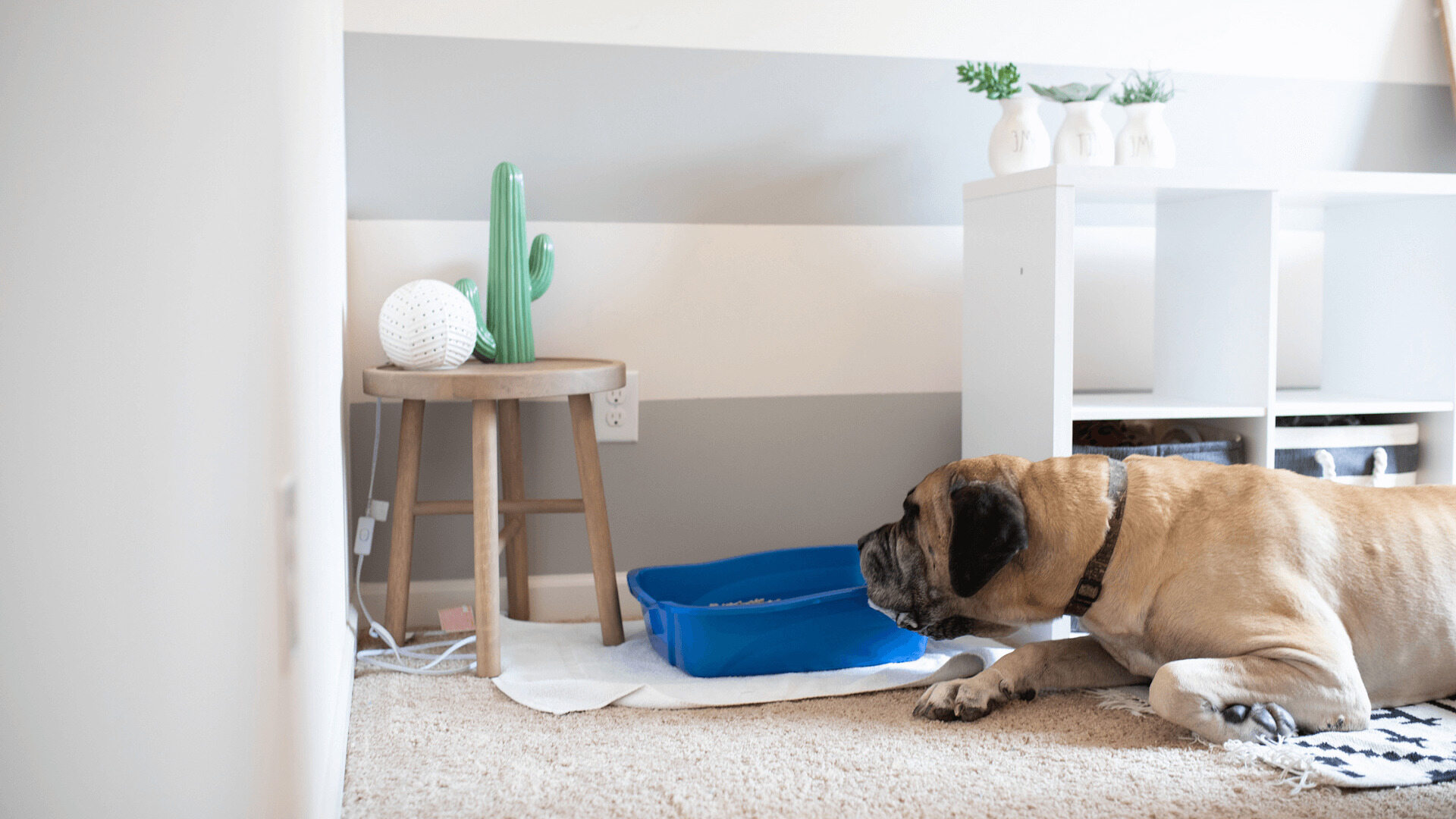
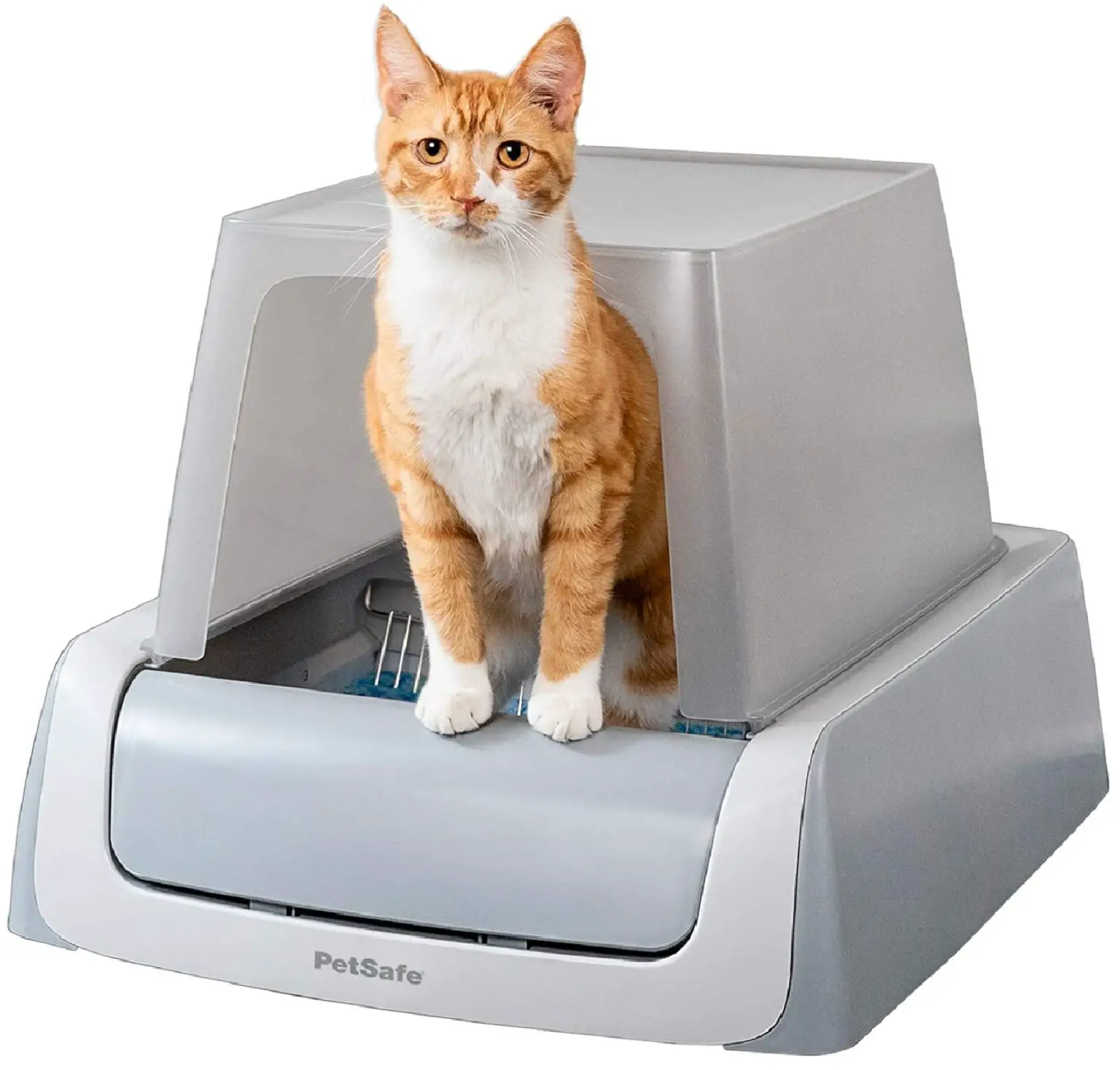
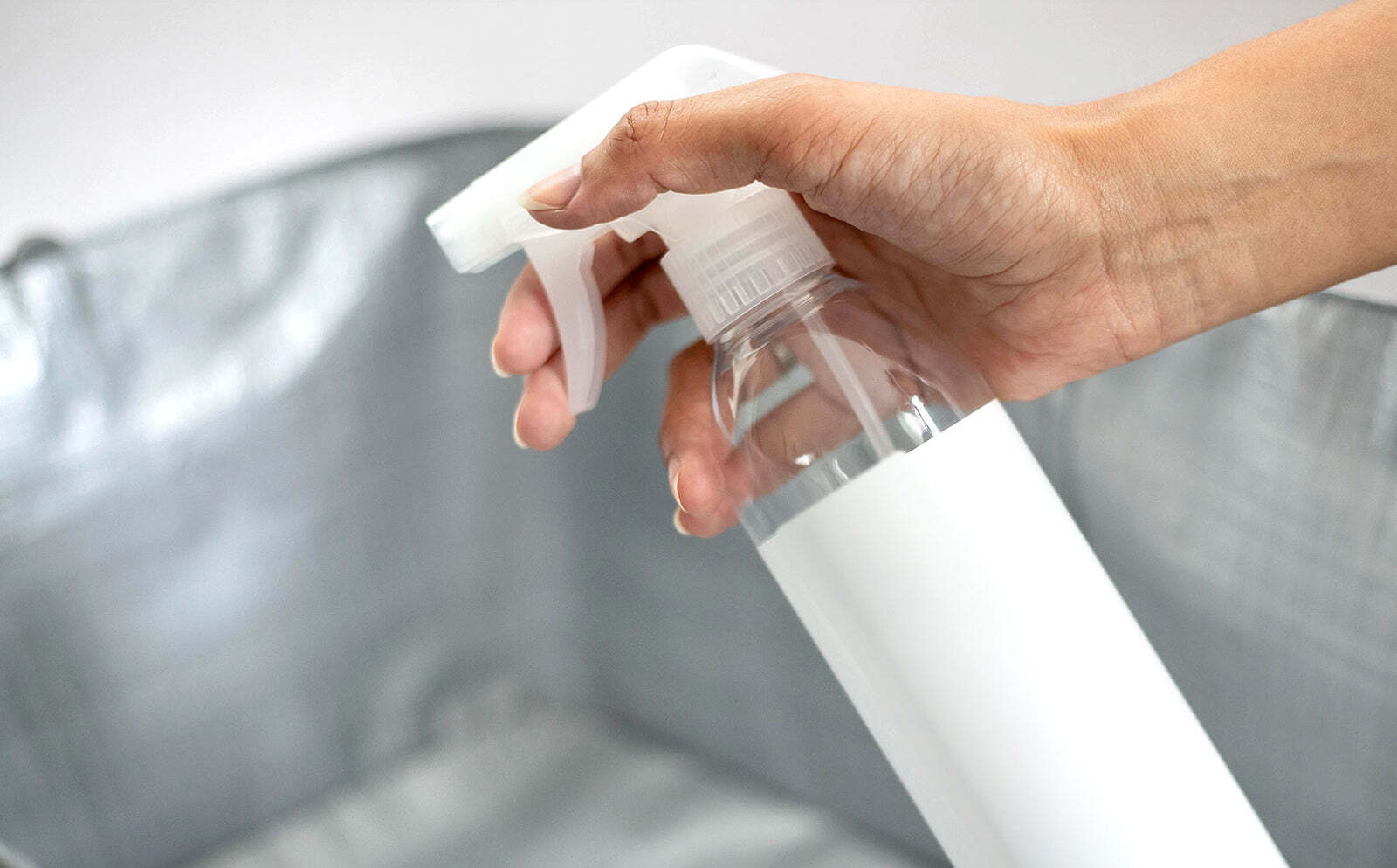
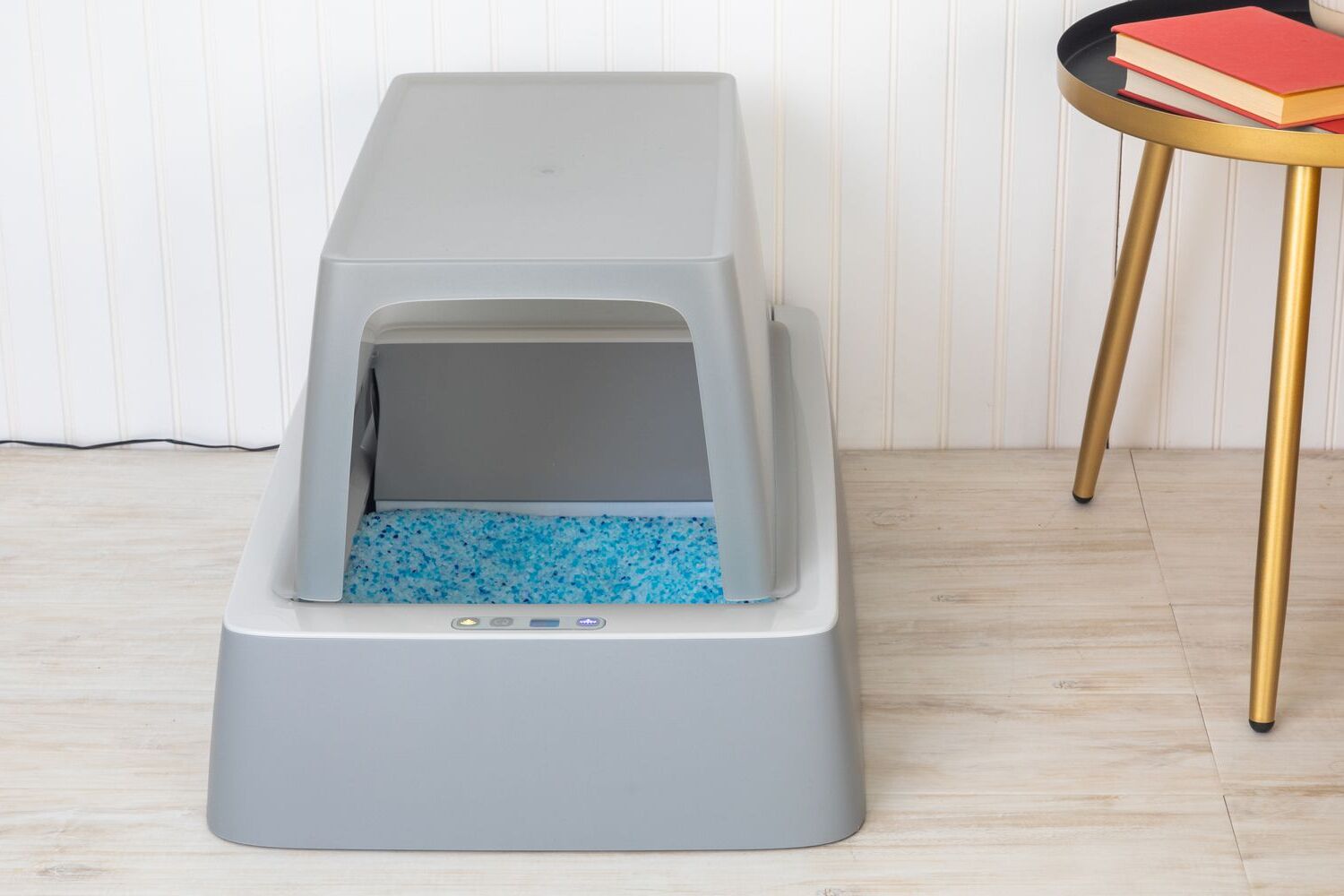
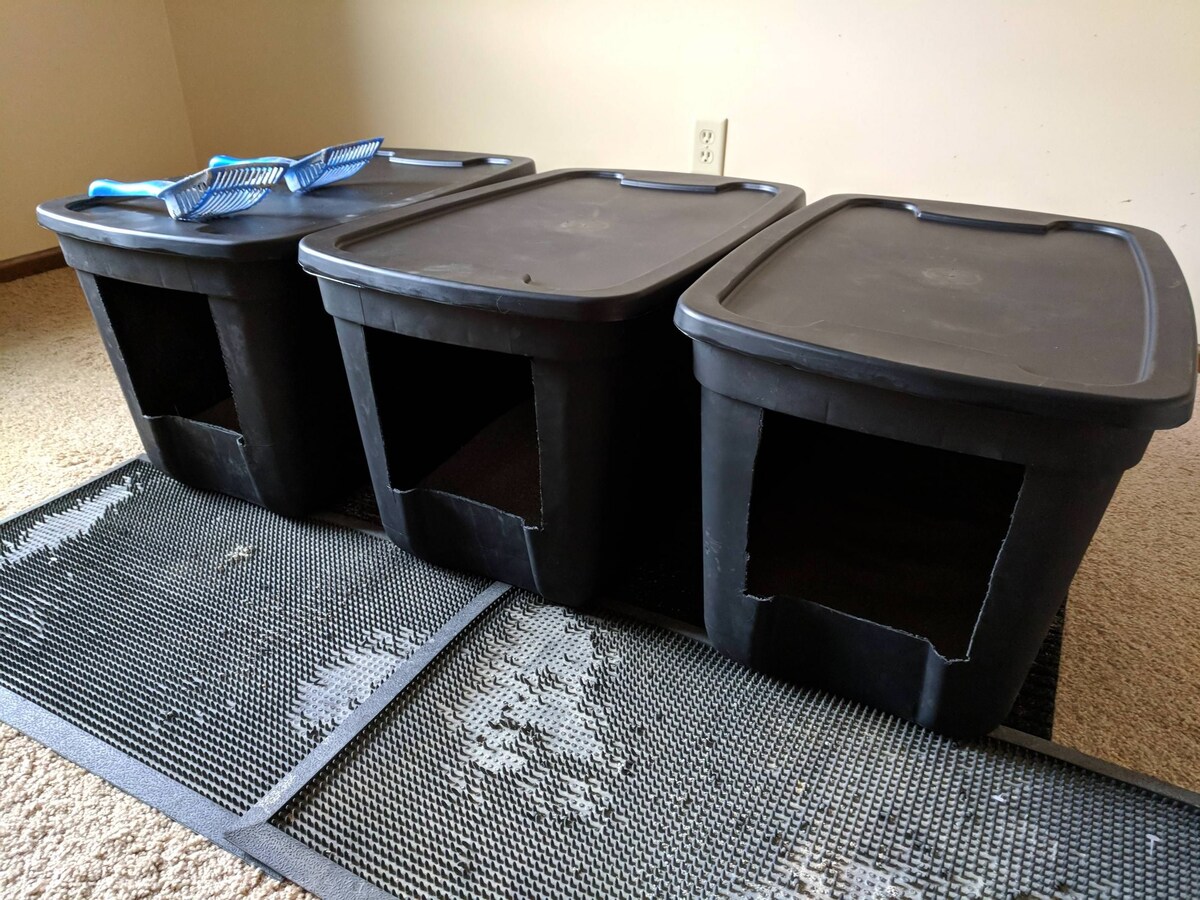
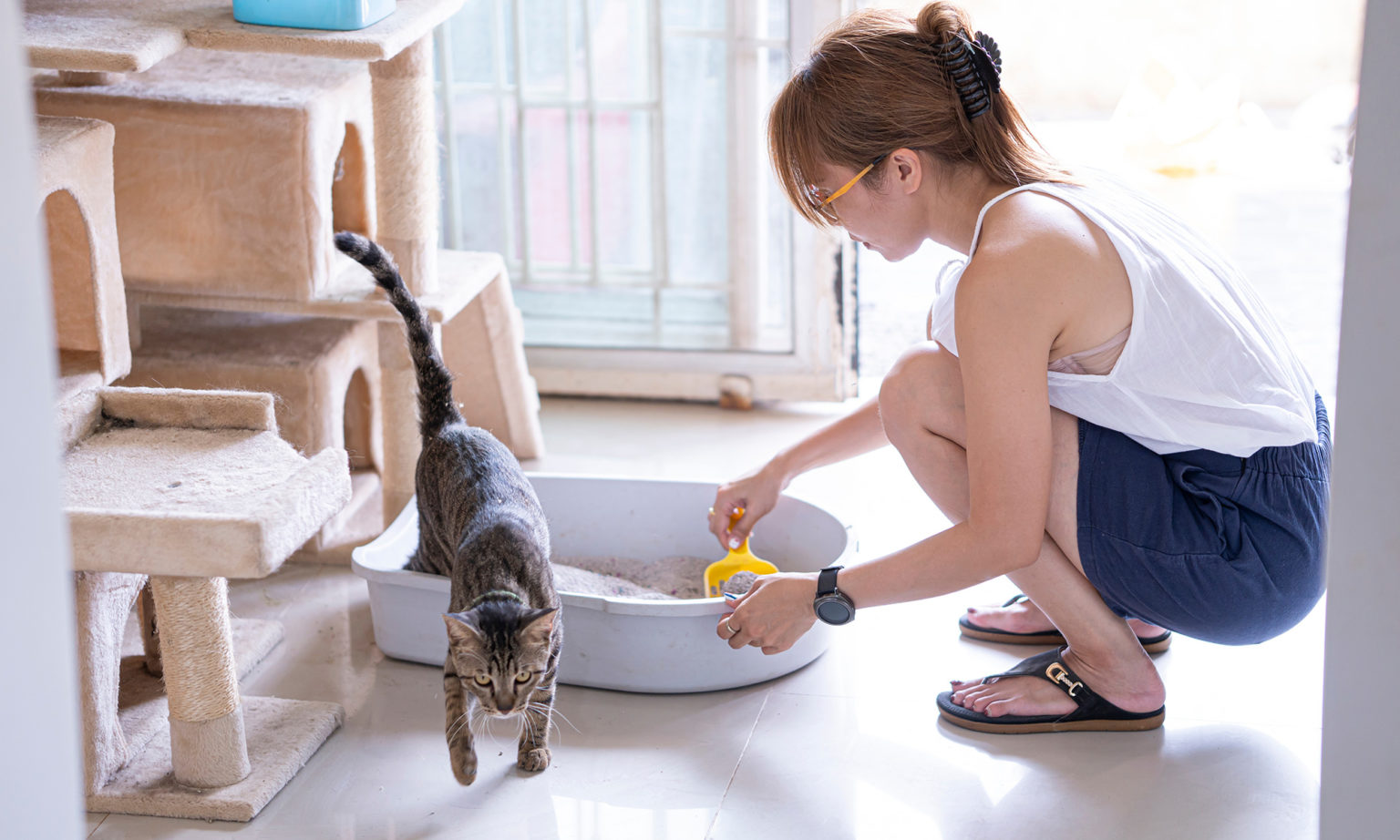
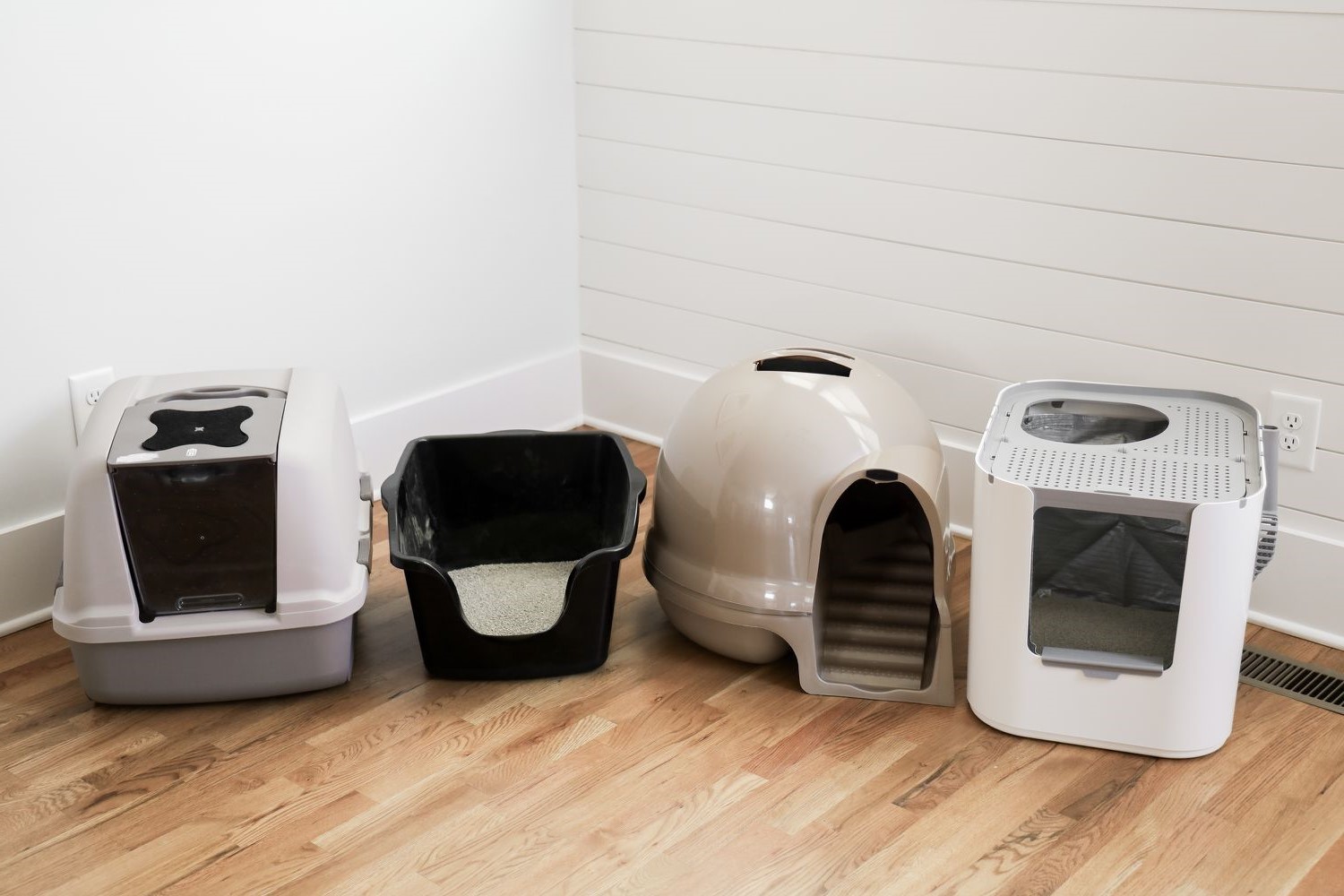

0 thoughts on “How To Take Care Of A Litter Box”